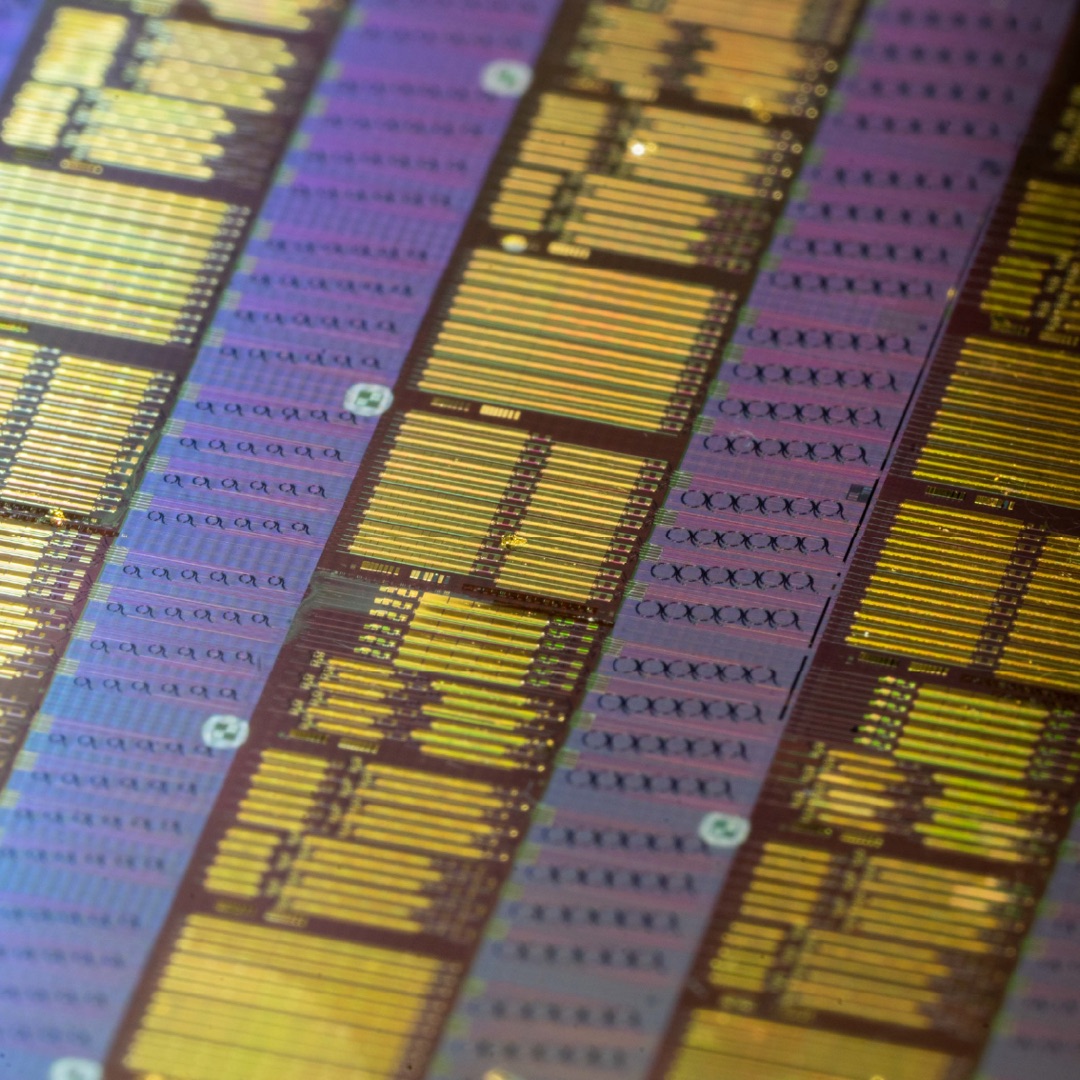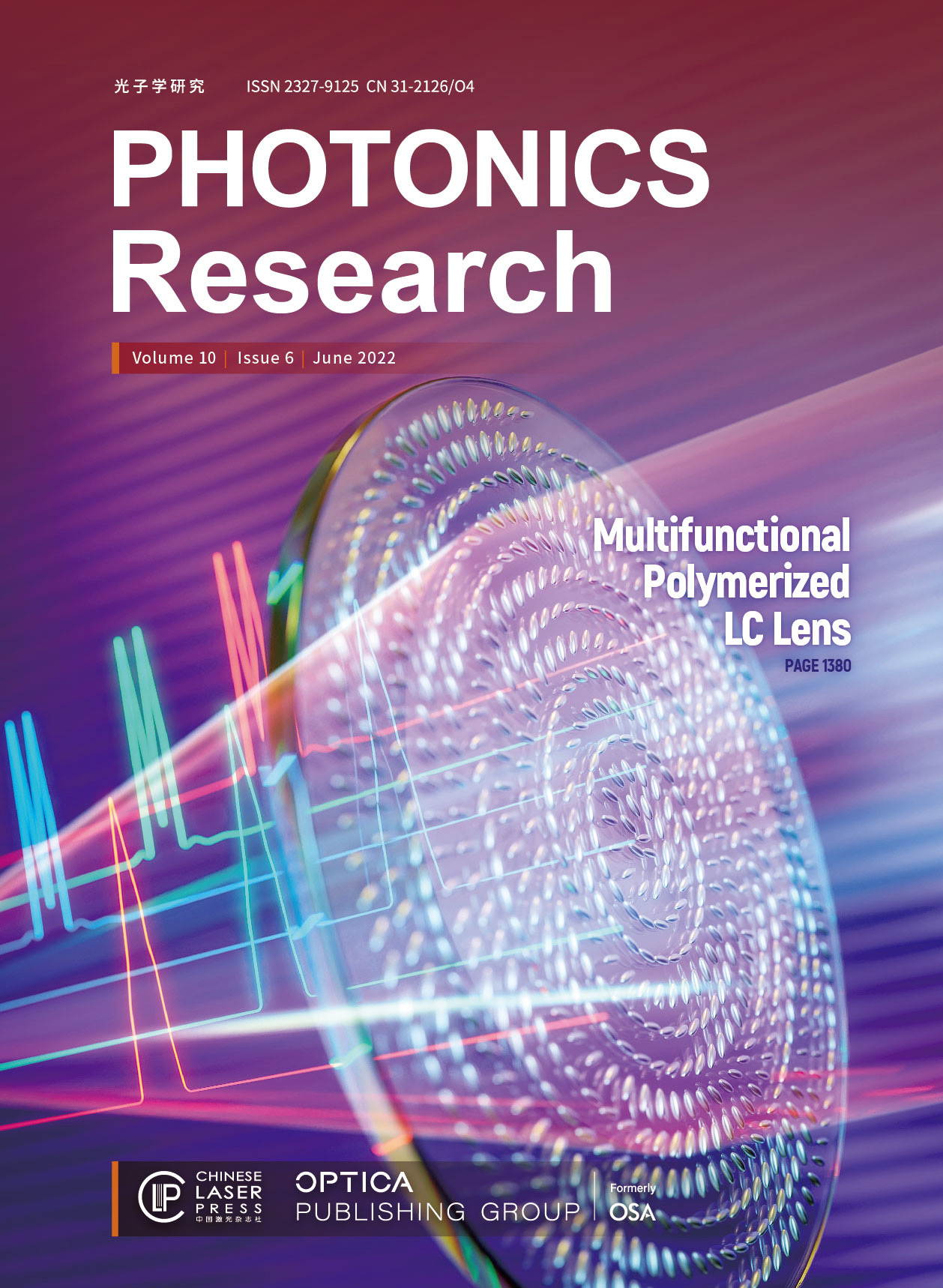The use of silicon nitride in integrated photonics has rapidly progressed in recent decades. Ultra-low-loss waveguides based on silicon nitride are a favorable platform for the research of nonlinear and microwave photonics and their application to a wide variety of fields, including precision metrology, communications, sensing, imaging, navigation, computation, and quantum physics. In recent years, the integration of Si and III-V materials has enabled new large-scale, advanced silicon nitride-based photonic integrated circuits with versatile functionality. In this perspective article, we review current trends and the state-of-the-art in silicon nitride-based photonic devices and circuits. We highlight the hybrid and heterogeneous integration of III-V with silicon nitride for electrically pumped soliton microcomb generation and ultra-low-noise lasers with fundamental linewidths in the tens of mHz range. We also discuss several ultimate limits and challenges of silicon nitride-based photonic device performance and provide routes and prospects for future development.
.- Publication Date: May. 20, 2022
- Vol. 10, Issue 6, A82 (2022)
- Publication Date: May. 12, 2022
- Vol. 10, Issue 6, 1394 (2022)
- Publication Date: May. 26, 2022
- Vol. 10, Issue 6, 1501 (2022)
- Publication Date: May. 06, 2022
- Vol. 10, Issue 6, 1325 (2022)
- Publication Date: May. 12, 2022
- Vol. 10, Issue 6, 1374 (2022)
- Publication Date: May. 16, 2022
- Vol. 10, Issue 6, 1401 (2022)
- Publication Date: May. 26, 2022
- Vol. 10, Issue 6, 1472 (2022)
- Publication Date: May. 26, 2022
- Vol. 10, Issue 6, 1491 (2022)
- Publication Date: May. 12, 2022
- Vol. 10, Issue 6, 1367 (2022)
- Publication Date: May. 12, 2022
- Vol. 10, Issue 6, 1380 (2022)
- Publication Date: May. 12, 2022
- Vol. 10, Issue 6, 1344 (2022)
- Publication Date: May. 12, 2022
- Vol. 10, Issue 6, 1361 (2022)
- Publication Date: May. 20, 2022
- Vol. 10, Issue 6, 1440 (2022)
- Publication Date: May. 20, 2022
- Vol. 10, Issue 6, 1453 (2022)
- Publication Date: May. 20, 2022
- Vol. 10, Issue 6, 1462 (2022)
- Publication Date: May. 12, 2022
- Vol. 10, Issue 6, 1332 (2022)
- Publication Date: May. 12, 2022
- Vol. 10, Issue 6, 1338 (2022)
- Publication Date: May. 20, 2022
- Vol. 10, Issue 6, 1417 (2022)
- Publication Date: May. 20, 2022
- Vol. 10, Issue 6, 1430 (2022)
- Publication Date: May. 26, 2022
- Vol. 10, Issue 6, 1484 (2022)
- Publication Date: May. 26, 2022
- Vol. 10, Issue 6, 1509 (2022)
- Publication Date: May. 31, 2022
- Vol. 10, Issue 6, 1517 (2022)
About the Cover
Schematic illustration of the broadband high-efficiency polymerized liquid crystal (LC) metasurfaces with spin-multiplexed functionalities based on wavefront engineering and holographic synthesis. The low-cost LC lenses prepared by photoalignment technology can provide a promising approach for high-throughput nanofabrication, which is of great significance to multifunctional and high-integrity optical systems.













